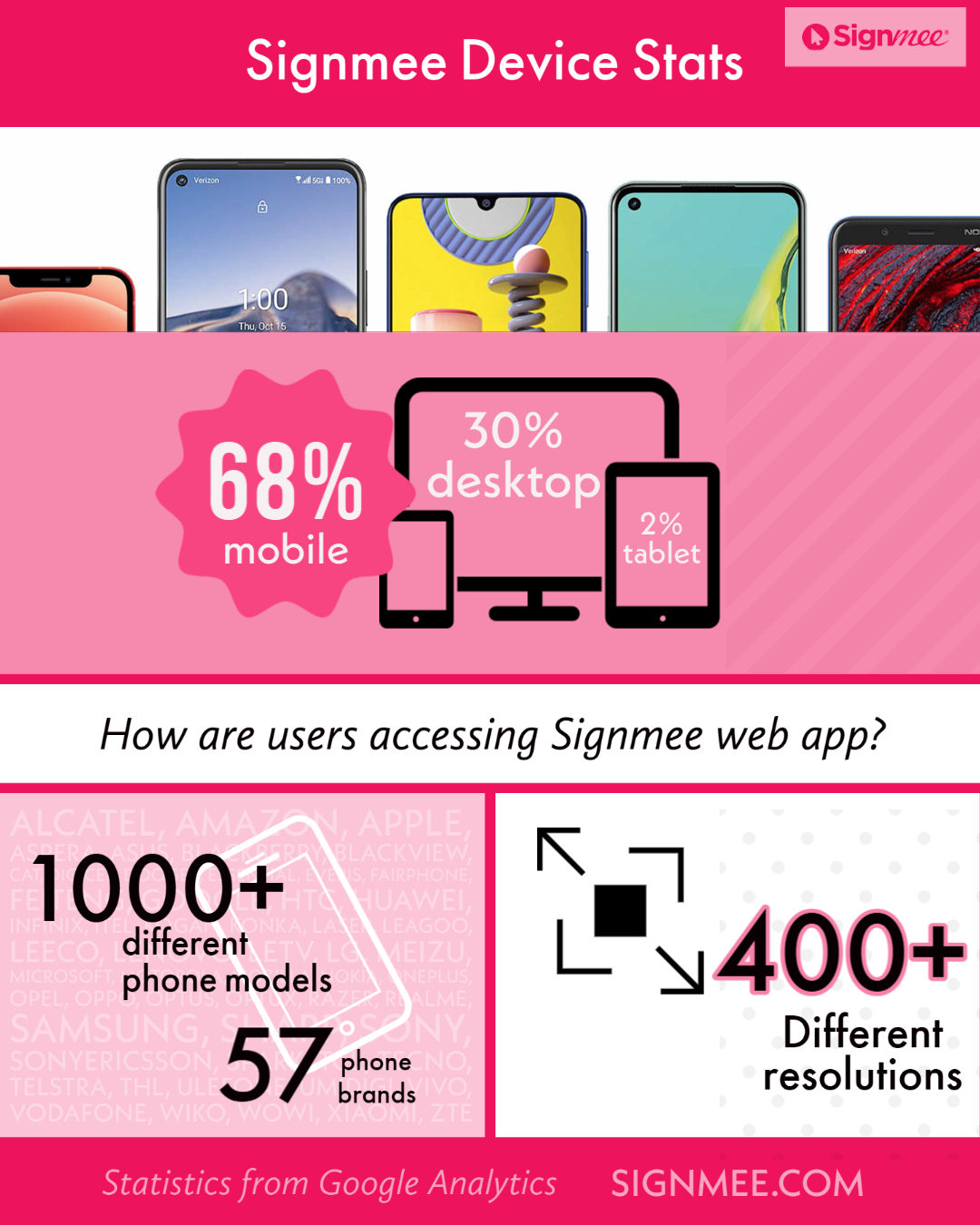Signmee Blog
For paperless people

As part of our feedback loop for service improvement, we present random Signmee users with the occasional pop-up asking them if they would like to rate Signmee. We do this by asking them how likely they are to recommend Signmee to their friends. They are invited to rank this likelihood from 0-10, where 0 is a flat 'no', and 10 a definite 'yes'. We then prompt the user to indicate why they chose that rating.
This scenario produces many interesting (and often entertaining) responses, some related to our product, whilst others relate to the broader universe...simply beyond our control to fix. Recently we received a rating and comment that stood out. The rating was a satisfying 10 (always nice), but more importantly the comment was as follows:
easy to read and have all school documents filed in one area (by NK, 18 Nov 2020)
The comment easy to read is exactly the comment we love to hear. Our focus as software creators has been to help businesses make the shift from the physical document signing world where A4 documents rule, to the digital world where A4 documents no longer rule. Whilst A4 document creation (using word processors such as MS Word and the like) is a reasonable approach on desktop computers where the screen can actually display an A4 page, the same cannot be said for attempting to display and work with A4 on mobile devices. Now given global user statistics are trending away from desktop engagement to mobile devices, there is a need to ensure that we are creating documents that can be easily consumed on many devices, across many platforms.
To highlight the issue even more, we have taken a look at our own user base, and created an overview of our users by device, device type and device resolutions (based on Google Analytics data collected from embedded Google code). The following infographic highlights where and how users are accessing and viewing Signmee documents

Our team set out to create an eSign forms solutions that would allow businesses to make the shift away from A4 forms and documents, to responsive web based documents, accessible on any device without the need for downloading apps. Now that we have a broad user base, it is pleasing to see that the device and access assumptions we made about our users was correct - majority accessing on mobile devices. Further to this, we now have feedback from users suggesting that Signmee forms are 'easy to read', further validating our decision to focus on responsive, device agnostic web-based forms that resize to fit the browser. We steered away from native apps, ensuring that we were not excluding the desktop users (1/3 of all users).

We continue to look at user trends to inform our product enhancement pipeline. A clear focus for us now is the trend toward 'chat and messaging' transactions. We can see a need to shift from web documents to in-chat transactions for signing and giving consent. As such we are starting to integrate with chat and messaging platforms, with the intention to facilitate in-chat eSign transactions that comply with the Electronic Transaction ACT (Australia, NZ), and other eSign acts in different jurisdictions globally.
Copyright © 2018 FlowFX Pty Ltd. all rights reserved.